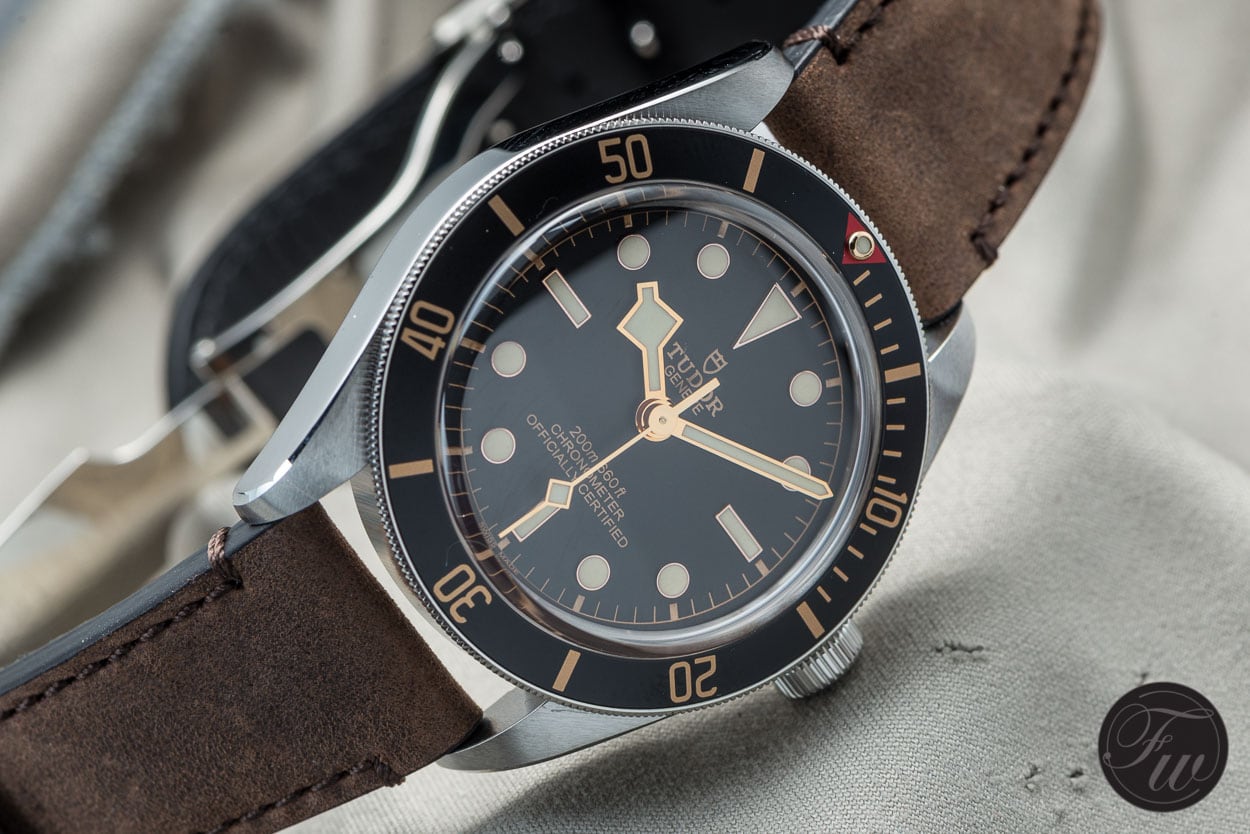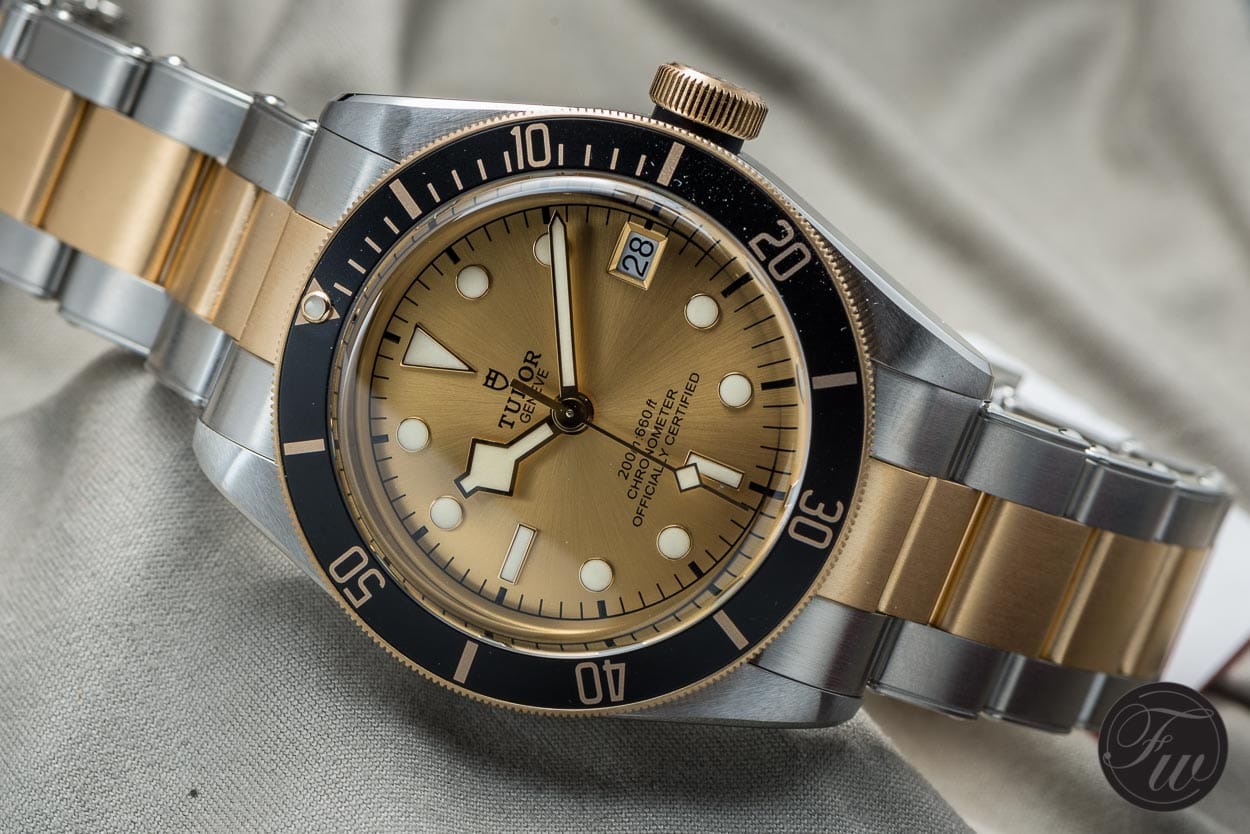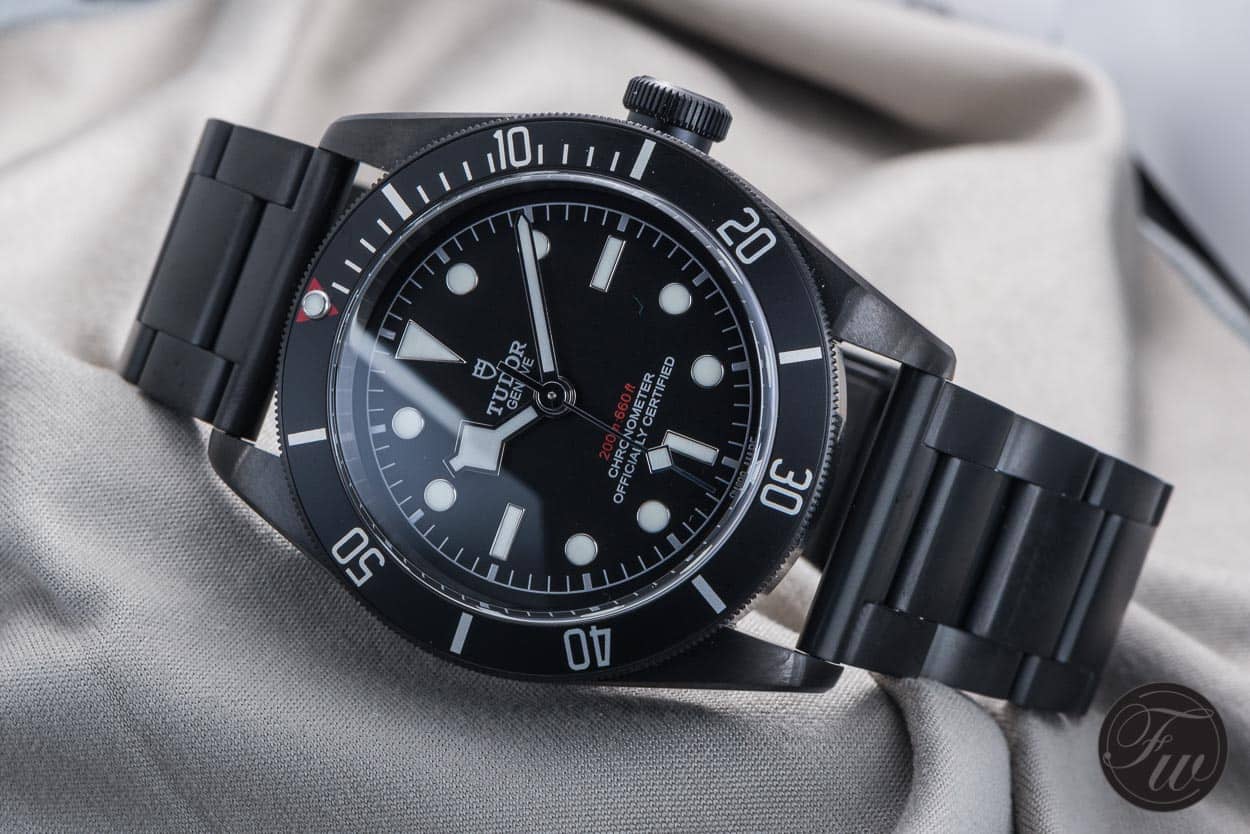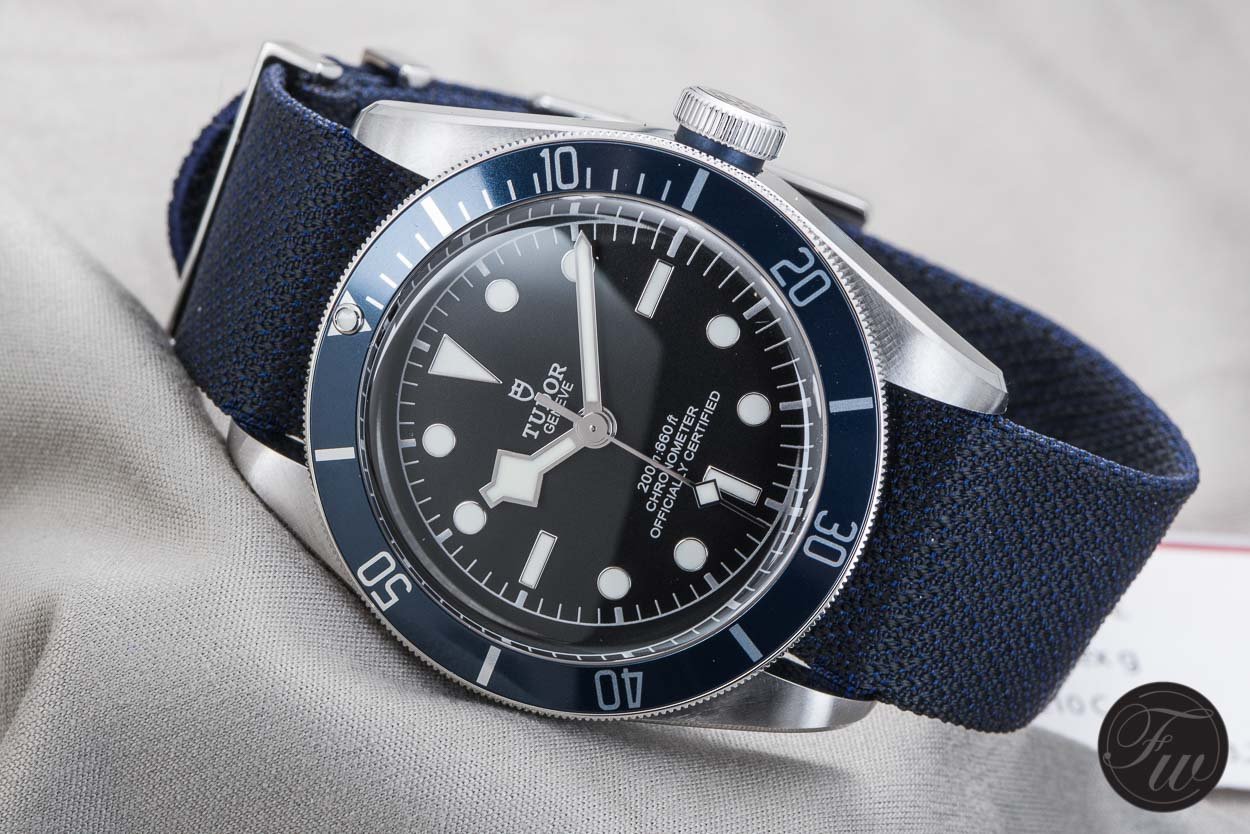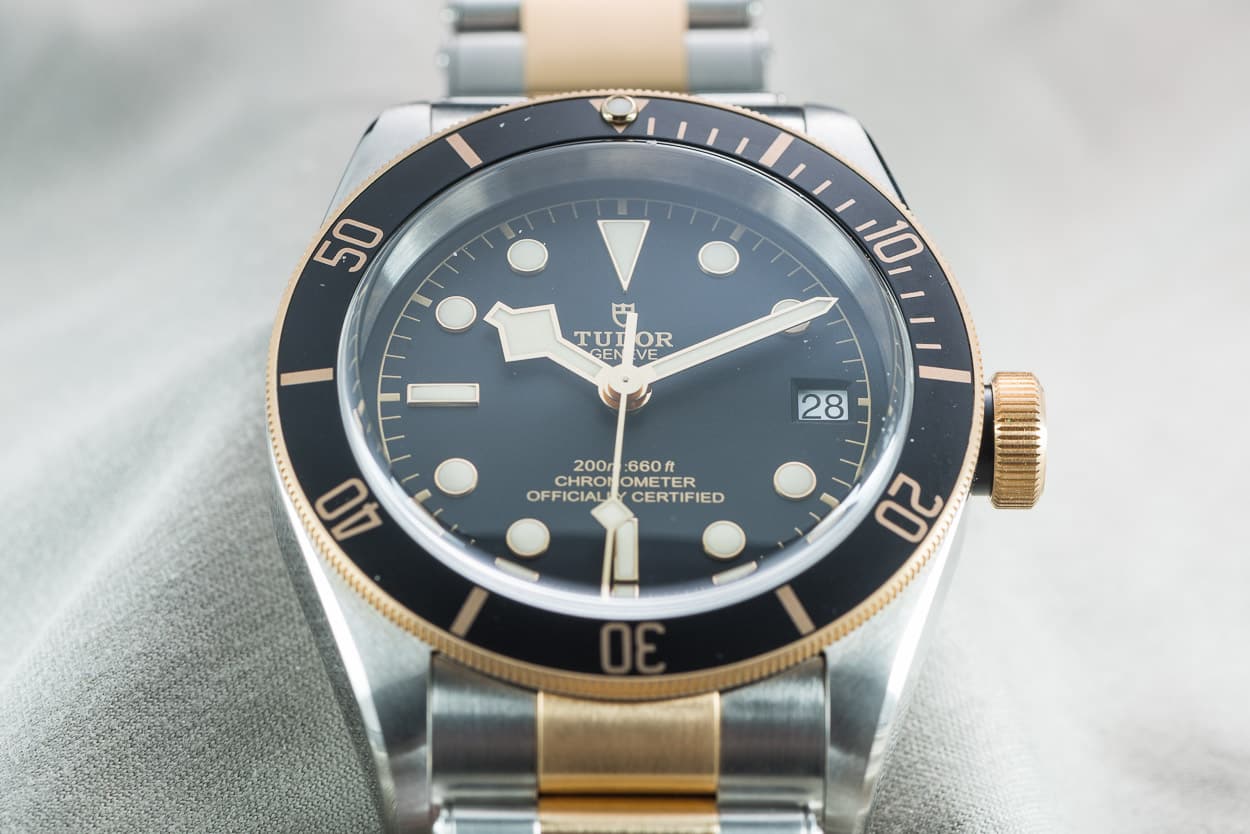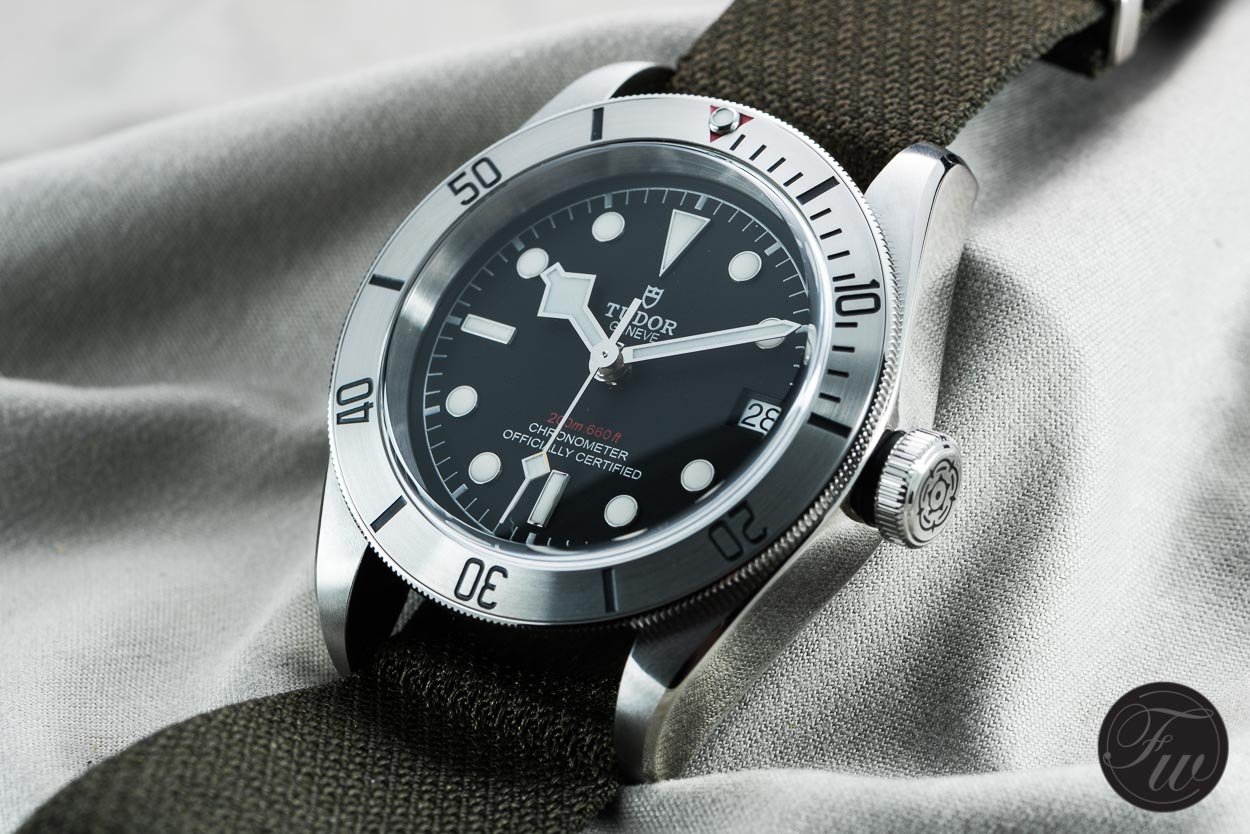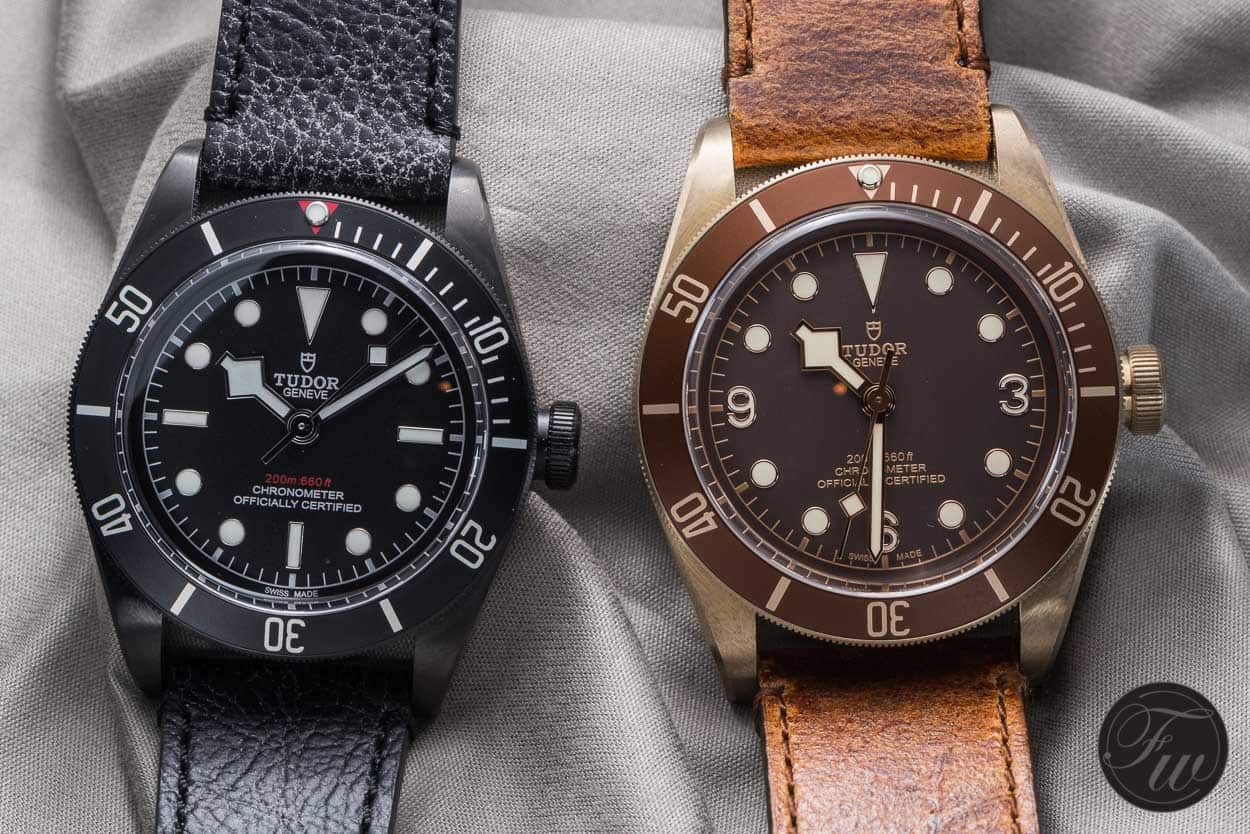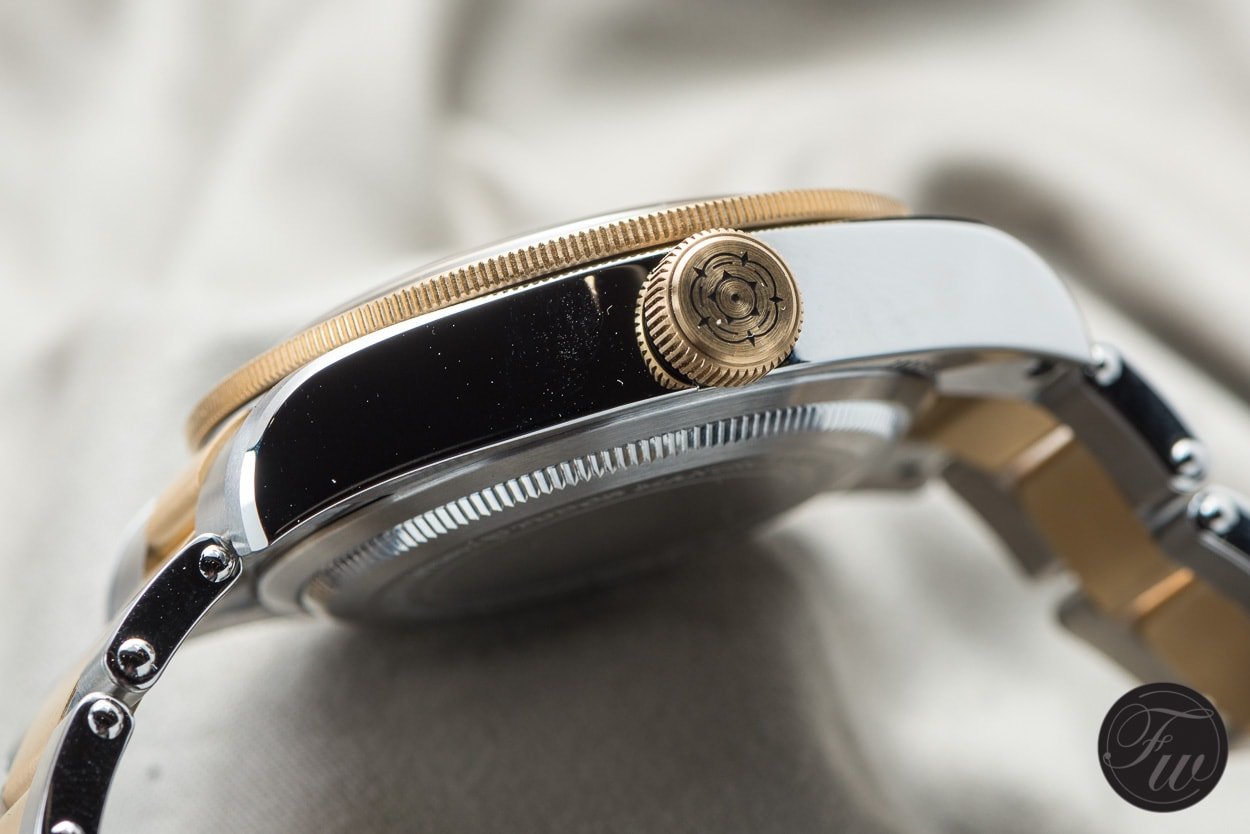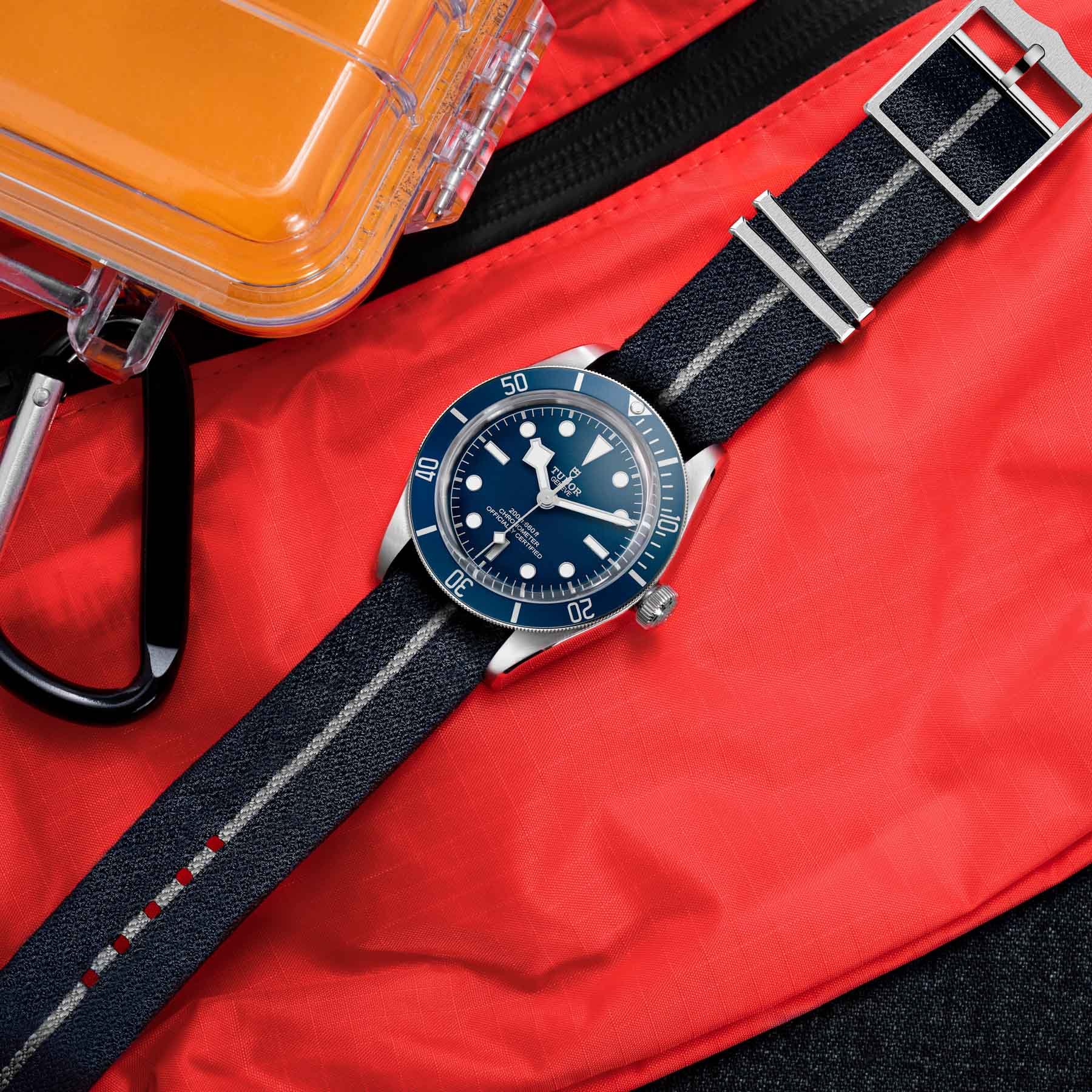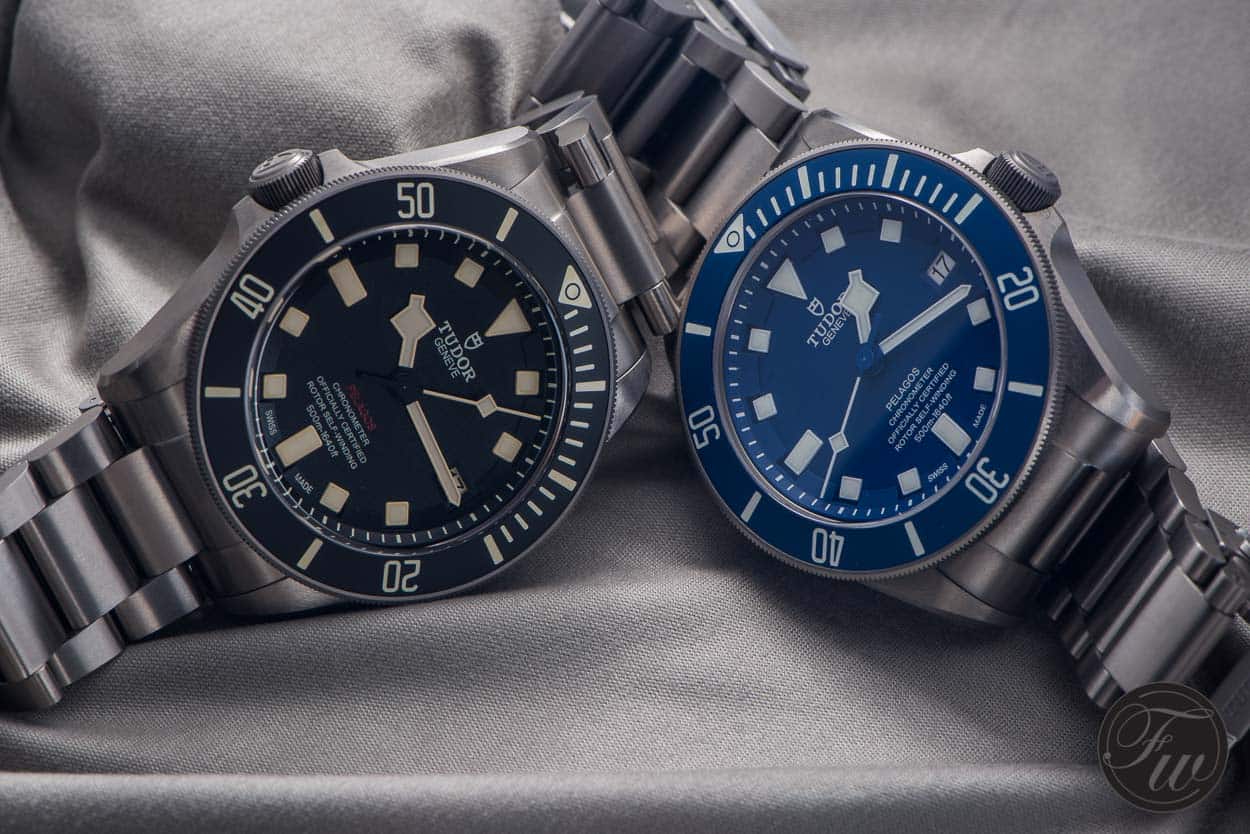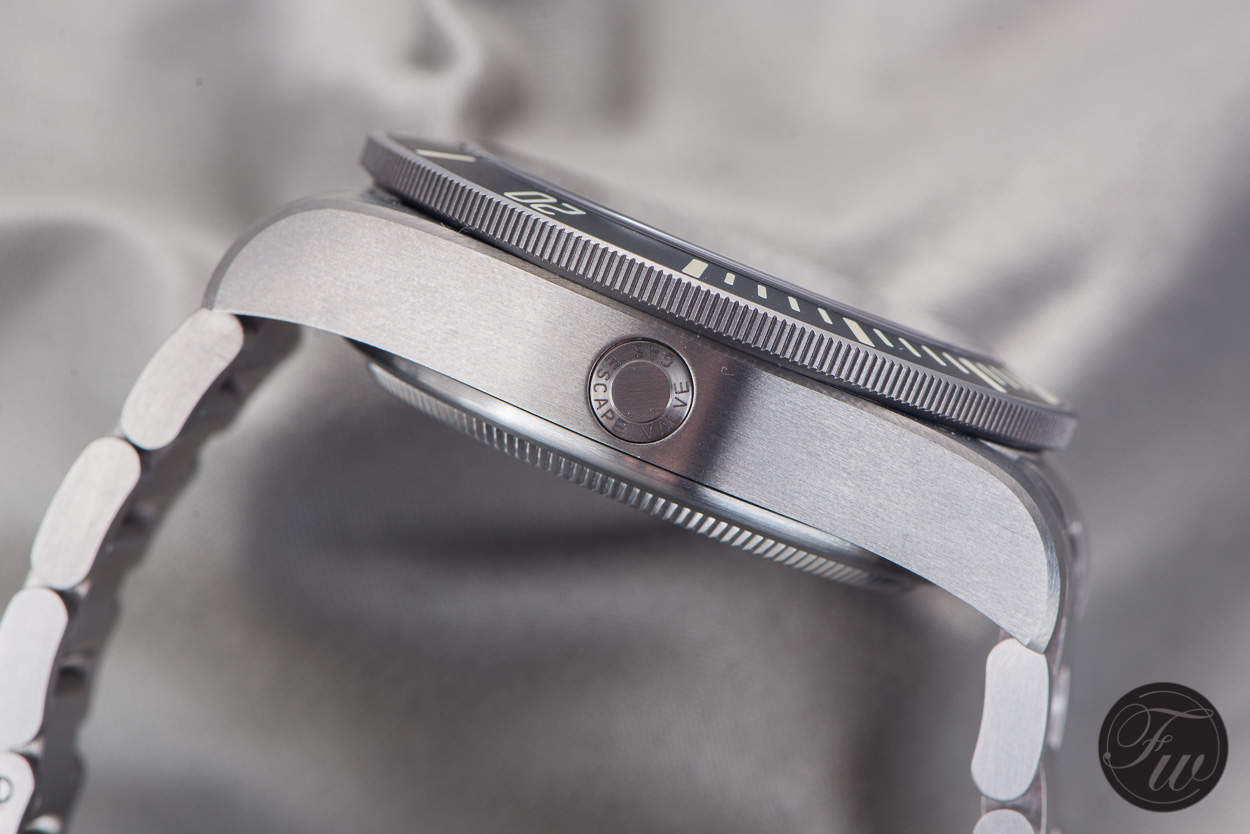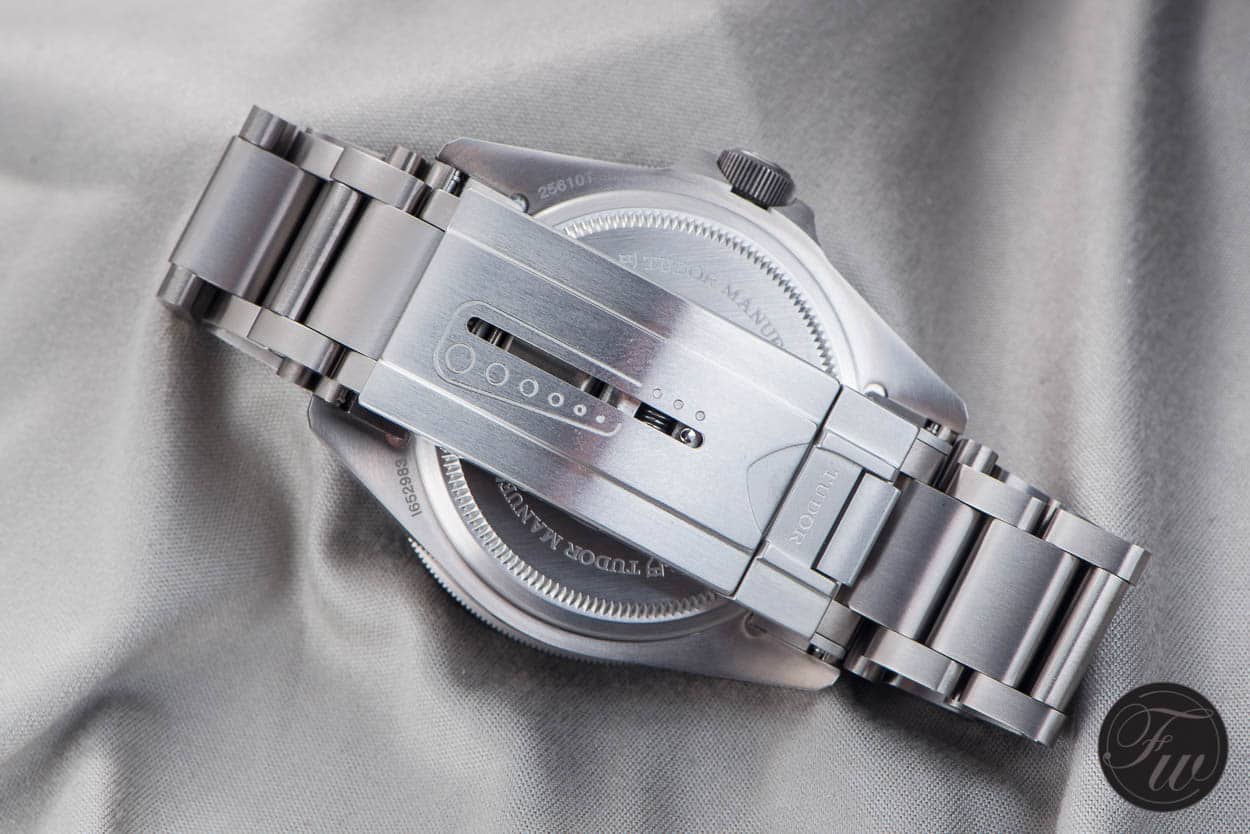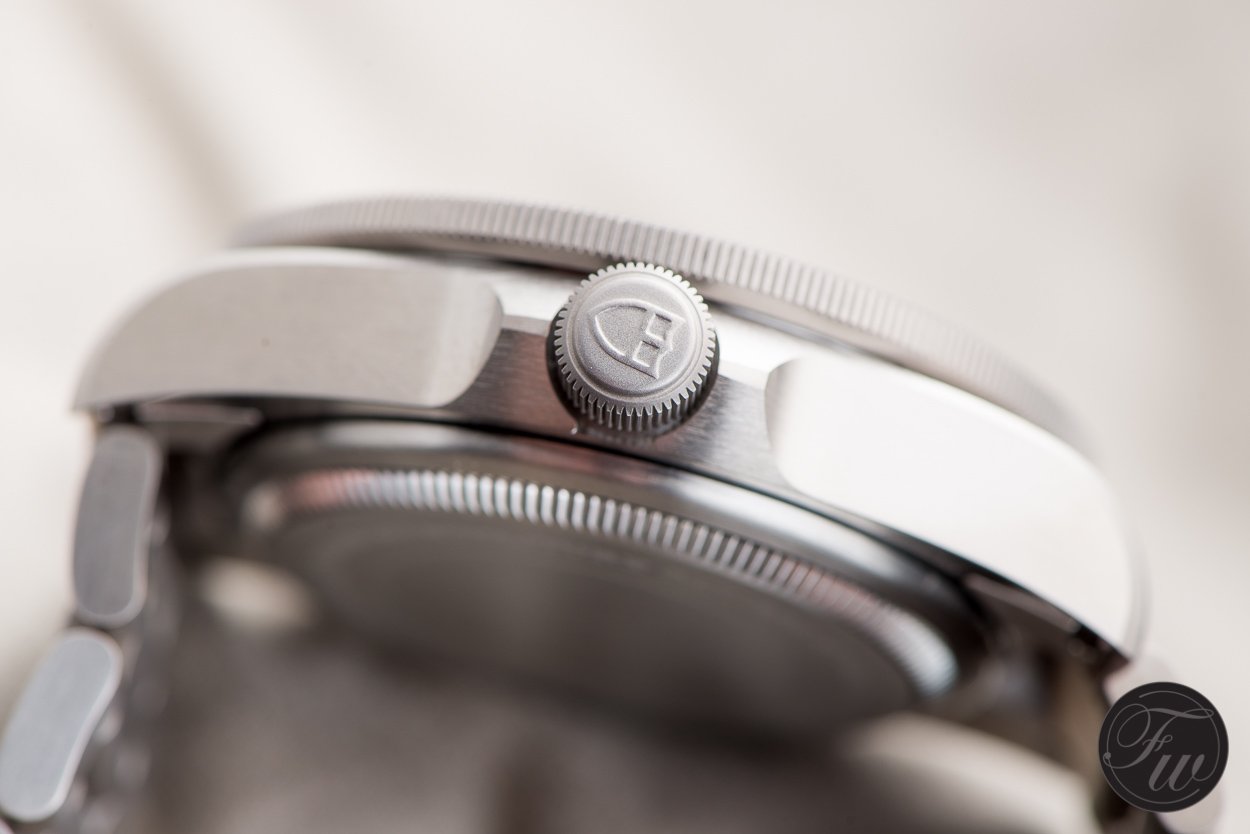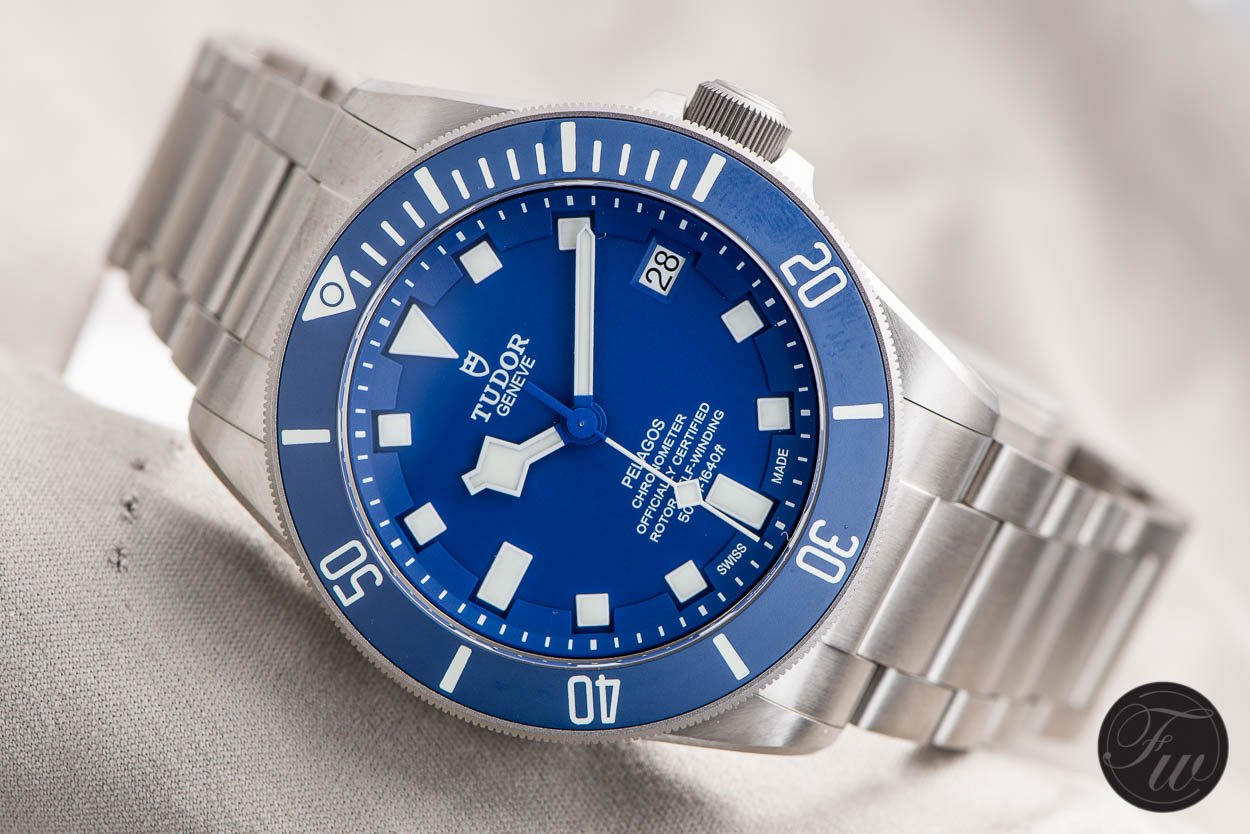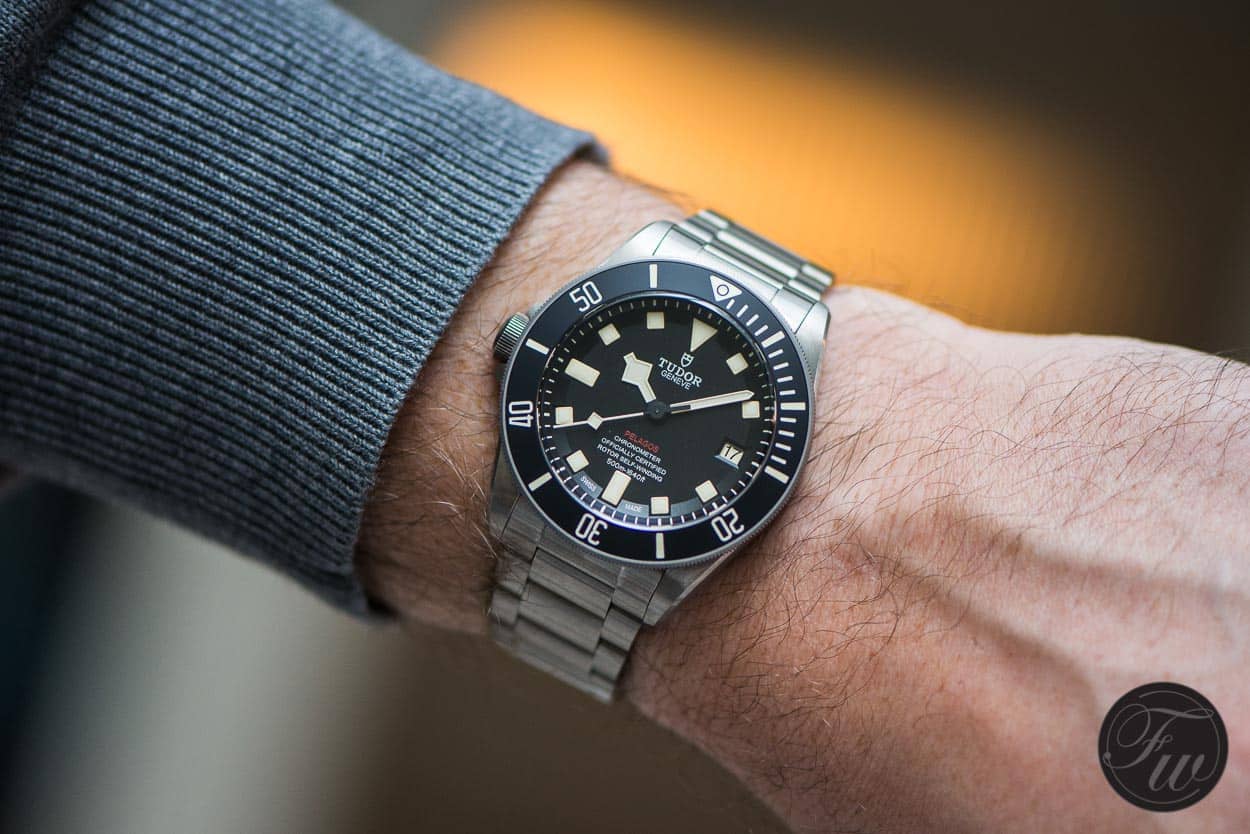Two For Tuesday: Tudor Black Bay Vs. Pelagos
Two For Tuesday is here with a look at two perennially hot dive watches. We have the Tudor Black Bay and its more serious rival the Pelagos.
It was just a couple of weeks ago that I posed the question of whether the Tudor Submariner should return. Predictably, you sided with me and voted for its reincarnation. I guess we’re vintage fans at heart here and hence the lack of a surprising outcome. But let’s be brutally honest, with Tudor today compared to just 10 years ago, we are spoiled for choice. With both its Black Bay and Pelagos models, Tudor offers some pretty compelling choices.
Two great dive watches
I invented Two For Tuesday in an effort to aid would-be purchasers of watches who face a typical conundrum. The purchasing choice often comes down to two models within a brand’s lineup. And today’s Black Bay versus Pelagos battle is one that has come up in discussions more than once within my circles. After all, they’ve been duking it out since a mutual 2012 introduction. You’d likely surmise that this is an easy one with the Black Bay bathing in all the recent glory. But hold up because the Pelagos always lurks in the corner and is one serious piece of kit. Let’s investigate…
The Tudor Black Bay
I can still recall the first Black Bay model from 2012. With its burgundy bezel, matte black dial and gold detailing, this was one incredibly hot release. None of us cared that it came with an ETA or was just a but chunky height wise. It was Tudor and they were back on form with the type of big splash marketing that few brands could equal. Hey, it’s nice to have Rolex as your papa! It would still be another year until Tudor officially returned to the USA and I still recall my Dad buying one of these on strap in Salzburg. What a great watch!
Since 2012, a lot has happened with the Black Bay. Actually, that’s an understatement because there are now 32 different Black Bay three-handed diver models. On top of that, there’s now a GMT, chronographs, bezel-less pieces, and the eccentric retro P01. For today’s purposes, we will talk solely about the basic dive watches because it makes for a better comparison with the Pelagos. And we’re also talking about current models and that means we’re treated to in-house chronometer movements (Tudor replaced the ETA movements in the Black Bay divers and Pelagos during 2016 and 2017).
Some details
If you’re looking for steel, bronze, PVD, or a mix of steel and gold (heavily capped), the Black Bay has you covered. Yes, what started as a one watch party just eight years ago has multiplied rapidly. I even need to check the Tudor site every so often to keep up with the progress. Still, pricing ranges from an approachable €3,060 for the Fifty-Eight up to €4,720 for the bi-color on bracelet. At the core of all these models, though, there’s a diver that leans pretty heavily on Tudor heritage.
…Tudor now equips all of these watches with its own chronometer-certified automatic movements
All of these watches eschew crown guards, feature external unidirectional dive bezels with anodized aluminum inserts, possess a domed sapphire crystal, and are water resistant down to 200 meters. As mentioned, Tudor now equips all of these watches with its own chronometer certified automatic movements. I actually count four different movements and they differ in size, thickness, and date function. Consequently, the Black Bay is available in 39mm (the Fifty-Eight), 41mm (steel, date, and PVD), and bronze (43mm).
Easygoing design…
There’s a lot to like about the Black Bay series of divers. For me, though, what I like most about them is also what holds me back as well. If I find the Rolex Submariner to be an ultra serious looking watch, then I find the Black Bay much more easygoing. Despite some serious DNA sharing, it strikes me as more of a pure sports watch. In other words, it falls just short of being able to pull off the “beach to boardroom” act that the Sub has somehow mastered. Maybe it’s the brighter colors, funkier materials, or that I rarely view a retro-inspired sports watch as a “serious” watch.
But still versatile
Lest you think I’m denigrating the Black Bay lineup, think again! I’d probably stay away from wearing a bronze or PVD version to office meetings, but the other models are perfectly fine for about 99% of my activities. Whether on a nicely made Oyster bracelet or leather strap, these Tudor models do look sharp. While all the recent hoopla surrounds the 39mm Fifty-Eight, I’m actually a big fan of the so-called 41mm “Steel” model with steel bezel. This watch ups the seriousness quotient with a monochrome look save a touch of red that hints at Subs from yesteryear. The inclusion of a date doesn’t even bother me.
Tudor even manages to make a bi-color diver look hip and classy. I rarely see these, but the gold elements look the part whether paired with the champagne or black dial. And staying on the yellowy side of things, I like how the bronze model (€3,770) uses Arabic numerals as a source of differentiation. They’re a bit big for me, but it’s nice to see a respected brand like Tudor dabbling in the copper alloy.
Concerns?
It’s hard to find arguments against the Tudor Black Bay series. It’s true that I’ve never loved the little colored ring on the crown tube because I think the crown isn’t properly screwed into the case. That’s a design choice, though, and others are fine with it. No, if there’s one nearly universal complaint on the 41mm and above models, it’s the case thickness. Like so many other manufacturers with their in-house automatics — Omega fights this with its Seamaster 300M — these watches are thick. We’re talking 14.8mm thick and that’s a lot.
I know that some can pull this off with aplomb, but I really wish these larger models were as thin as the newcomer known as the Fifty-Eight. That’s right, one of the hottest watches on market comes in at only 11.9mm and really upstages the rest of the line. Of course, you have to be happy with a 39mm case, but that’s in the wheelhouse of most. Aside from the thickness argument, there’s little else to whine about aside from Fifty-Eight availability. As said, I believe the Tudor pricing strategy to be very approachable and decent considering the content. But what happens if retro style isn’t your thing and you want something, say, a little more hardcore?
The Tudor Pelagos
For all the changes that the Black Bay receives each and every year, there’s one model that soldiers on as is and that’s the Pelagos. I’d guess that Tudor leaves its more hardcore diver alone precisely because it needs nothing. Well, almost nothing but I’ll come to that later. The Pelagos also debuted alongside the Black Bay in 2012. It was a funny release from a Rolex company because Tudor truly overfed us that year. The Black Bay grabbed 90% of the headlines while the Pelagos appealed to those wanting a more serious tool watch with equally utile looks. And let me be clear, I did not mention the Pelagos in my recent devil’s advocate Tudor Submariner article. That was on purpose because I actually see this titanium diver as the brand’s true successor to the Sub.
A little different than the rest
That’s right, the Pelagos became the first titanium diver within the Rolex stable. And at 42mm, it’s larger than the historic Sub size, but the material lightness helps to keep things in balance. Due to its depth capabilities, Tudor chose to add a helium release valve on the side of the case to enable saturation diving.
Furthermore, the Pelagos contains a really cool spring-loaded clasp that automatically adjusts as pressure increases and decreases during deep water dives. And finally, in keeping with the tech-forward theme, the Pelagos utilizes a ceramic bezel with luminous markers.
A proper tool watch
I think what I admire most about the Pelagos is that it’s a proper tool watch. For certain, you can dive with a Black Bay, but the Pelagos was truly designed with intent. It even comes with a rubber strap that’s lengthy enough for use over a wetsuit. And I really like that the watch has innovation found nowhere else at Tudor even if the only real novelty is the clasp.
Limited variants
The Pelagos also keeps things simple with only three variants. There’s black or blue with bright white lume or an LHD (left-hand drive) model with aged lume. The same in-house 5612 chronometer certified automatic that powers 41mm Black Bay models work away inside the Pelagos as well. Despite the enhanced depth resistance and chunky movement, this deep diver comes in at a relatively reasonable 14.3mm in thickness. Again, that’s actually thinner than the Black Bay. Style-wise, the Pelagos also uses the typical Tudor snowflake handset but avoids the semi-controversial look of the Black Bay by sticking to rectangular hour markers. It’s a super clean design that still looks fresh eight years later.
Concerns and thoughts
It’s hard to argue with the Pelagos because it’s a nice straightforward dive watch. Personally, I’d love to see this watch in 40mm as an addition to the line. At the same time, drop the helium valve and offer it in a 300-meter version and it would be just about perfect. If we move away from me and into the general commentary, there is one oft-discussed dial nit to pick. When Tudor added its in-house movement to the Pelagos, it added a five-line paragraph to the dial. I normally look past this kind of comment, but it’s too much by about one line. Still, it’s a great watch overall and at €4,150 no matter the variant, it’s also competitive.
It would be hard for me to choose either a Black Bay or a Pelagos. If I were heading for the Black Bay, it would likely be the new Fifty-Eight in blue. And for the Pelagos, I think I would also choose the blue model. In my view, it comes down to whether you want something more modern and purpose-built or something more stylish and retro. Which would you choose?
Tudor Black Bay vs Pelagos

